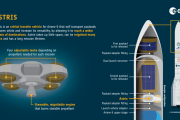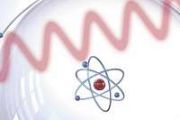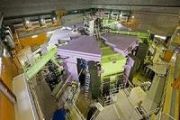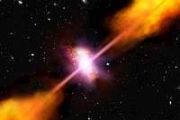Proton (Прото́н) (formal designation: UR-500) is an expendable launch system used for both commercial and Russian government space launches.
The first Proton rocket was launched in 1965 and the launch system is still in use as of 2012, which makes it one of the most successful heavy boosters in the history of spaceflight. All Protons are built at the Khrunichev plant in Moscow, and then transported for launch to the Baikonur Cosmodrome, where they are brought to the launch pad horizontally and then raised into vertical position for launch.
The launch capacity to low Earth orbit is about 22 tonnes. The geostationary transfer capacity is about 5–6 tonnes.
The commercial launches are marketed by International Launch Services (ILS). In a typical launch of a commercial communications satellite destined for geostationary orbit, a Proton M/Briz-M can place a spacecraft with mass at separation of 4,140 kg into an orbit with an apogee of 35,786 kilometres, a perigee of 6,257 kilometres and an inclination of 19.7°.
Like many Soviet boosters, the names of recurring payloads became associated with their launchers. Thus the moniker "Proton" originates from a series of large scientific Proton satellites, which were among the rocket's first payloads.








































































